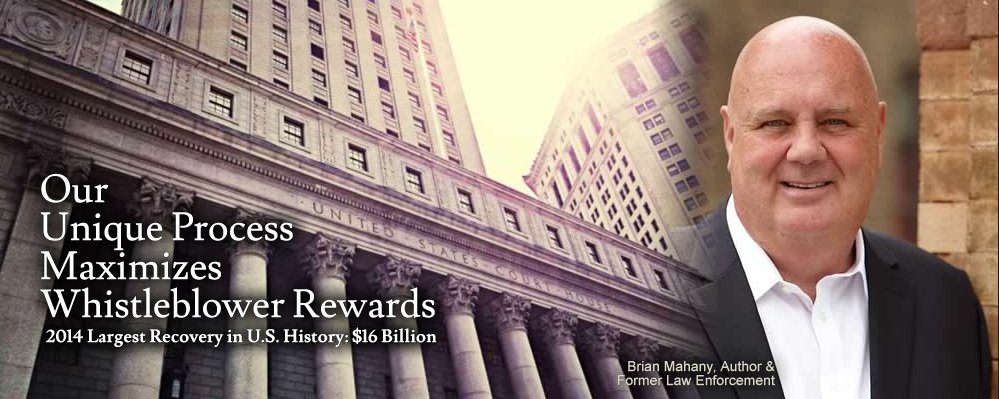
Are You Having Trouble Collecting a Judgment because a Debtor is Hiding Money or Transferred Assets Out of His Name (Fraudulent Transfer)? We Can Help
Can Someone Transfer Their Assets to Avoid A Debt? No!
A fraudulent conveyance, also known as a fraudulent transfer, is an attempt to avoid debt by transferring money to another person or company. It is generally a civil matter meaning that one cannot go to jail for it, but in some jurisdictions there is potential for criminal prosecution. Even if it’s not be criminal, in most jurisdictions, the parties that try to defraud creditors by making a fraudulent conveyance can be liable for punitive damages.
Transferring your home into your boyfriend’s name without any payment may be considered an act of love. If you make that transfer to hinder, delay or defraud a creditor, however, it becomes illegal.
Most states have adopted the Uniform Fraudulent Transfer Act or UFTA. This the primary civil remedy when the person that owes you money transfer their assets leaving with no way to get paid.
The key to brining a successful fraudulent conveyance action is proving the intent to defraud. Simply because someone that owes you money transfers their assets doesn’t mean that transfer is fraudulent.
Courts generally look at several factors when determining whether a transfer was fraudulent:
- Was the transfer made to an “insider? (family member, close friend)
- Was the transfer made at arm’s length? In legal terms, that means was there fair consideration paid?
- Did the transfer occur after or immediately before a substantial liability was incurred? (The example I frequently make is the doctor who amputates the wrong limb and is facing a multimillion lawsuit or the engineer who learned that a bridge she designed just collapsed. If you start moving assets at fire sale prices after you are in deep debt, it is probably too late.)
- Did the debtor (the person who sold or transferred the property) keep possession of the property.
- Did the debtor conceal or hide the transfer?
- Did the transfer represent a substantial portion of the debtor’s assets?
- Was the debtor insolvent at the time of the transfer?
The last factor also requires that the debtor transferred or sold the asset at less than fair value.
Please note there are variations in the law between the states!
Fraudulent Transfer Remedies
Assuming you can show that a debtor fraudulently transferred his assets to avoid paying you, what happens next? Even though the property was sold or transferred, under the Uniform Fraudulent Transfer Act, the creditor can ask the court to “set aside” the transfer. Unless the person receiving the property can prove he or she is a good faith transferee, both the debtor and the transferee can be responsible. As noted earlier, there may be punitive damages awarded as well.
To prevent the new “owner” from simply engaging in a new fraudulent conveyance, the court can also lien the property making it impossible to transfer until the litigation is complete.
These concepts are a bit hard to understand so let use an example.
Daddy Deadbeat owes hundreds of thousands of dollars in back child support and alimony. After years on the run, his ex-wife finds him. Within days of confronting him about his back support obligations, Daddy Deadbeat realizes he is in big trouble and gives his new girlfriend his brand new $100,000 yacht. He has no other assets of any real value.
Using the tests above, there is a good chance that the ex-wife can successfully bring a fraudulent transfer action against her former husband. He gave away his only significant asset for no consideration and the person receiving that asset (the boat) is an insider (his current girlfriend).
Unless the current girlfriend isn’t in on the scam, she can be held responsible too. The boat gets sold, the sale proceeds go the the child support and alimony arrearages and neither the deadbeat ex or his new girlfriend have the boat.
Let’s look at a real life deadbeat, a banker who got caught stealing from his bank during the 2008 financial meltdown. Charles Antonucci, former head of New York’s Park Avenue Bank, has the dubious honor of being the first person indicted for looting the government’s Troubled Asset Relief Program or TARP. The program was designed to keep banks afloat during the crisis. But Antonucci had other ideas, he took $11 million of taxpayer bailout monies meant for the bank and spent it on himself.
Ultimately convicted, he was sentenced t0 33 months in prison in 2015.
The story doesn’t end there, however. Uncle Sam wanted its $11 million back. We now know that soon after the feds began investigating Antonucci, Antonucci thought he could once again outsmart everyone. Knowing that he may be prosecuted and sued civilly for damages, he allegedly transferred his $348,000 home to his wife. On the same day he also “sold” his condo in Tampa to his son for $100.
Antonucci got caught but we often see others get away with fraudulent transfers. Many creditors (and their lawyers) don’t know you can go after the property even after it was sold or transferred.
Update: Antonucci’s co-defendant, Wilbur Huff, was sentenced to 12 years in prison. Antonucci was ordered to pay $54 million in restitution, and yes, the court ordered Antonucci’s property forfeited.
—
Mahany Law is a full service, national boutique concentrating in fraud recovery and lender liability actions. We have participated in fraud cases throughout the United States and in the Middle East, Central America, the Caribbean and Europe. Wherever a criminal may attempt to hide your money, our lawyers and former government special agents will do everything possible to get back your money.
With attorneys in four states and a nationwide network, we are ready to help wherever the judgment debtor may reside or wherever the property is located. To learn more, contact us online, by email at or by phone at . All inquiries protected by the attorney – client privilege and kept confidential. We will answer your questions and give you a realistic assessment of getting back your hard-earned money.

